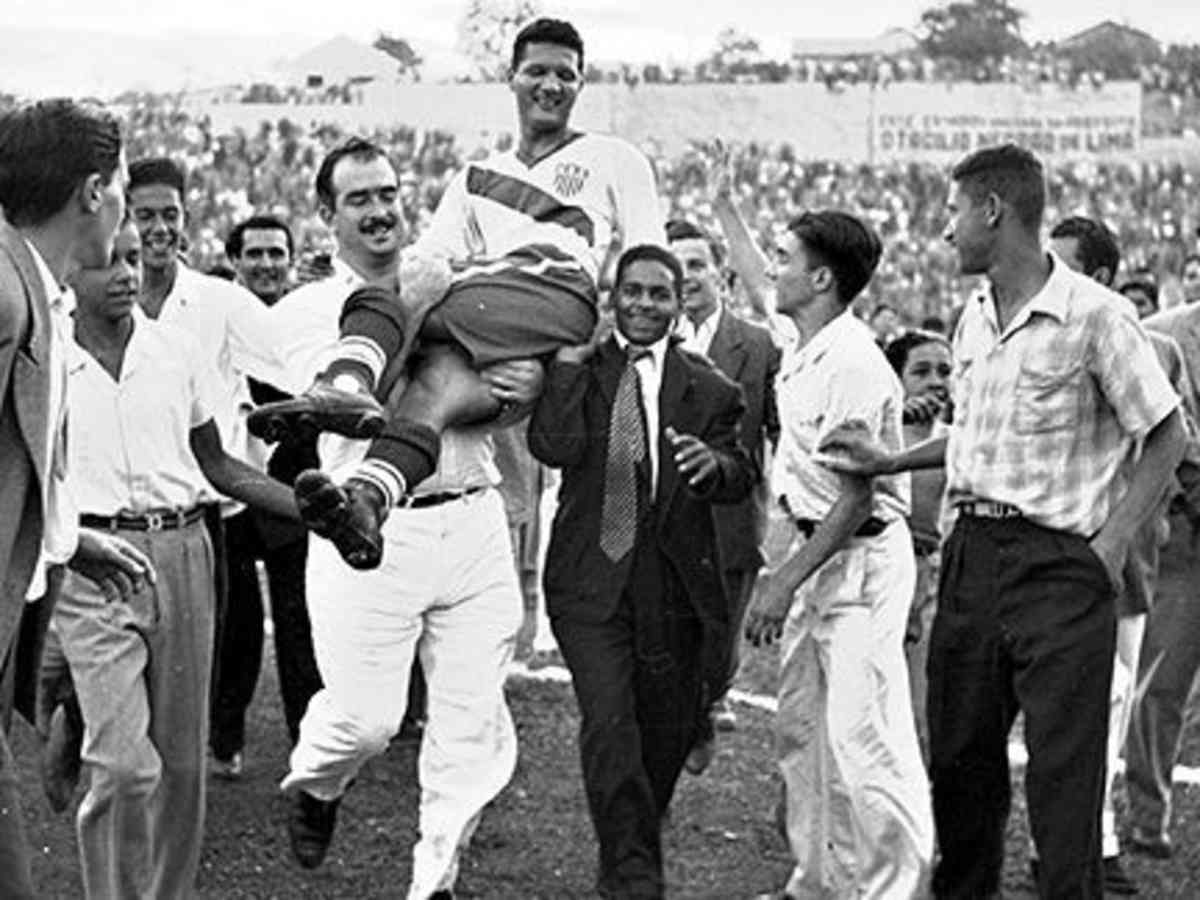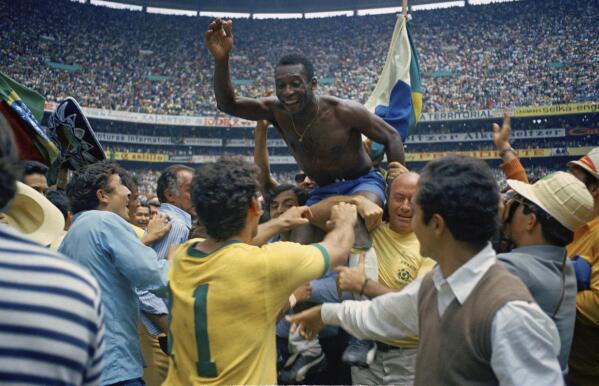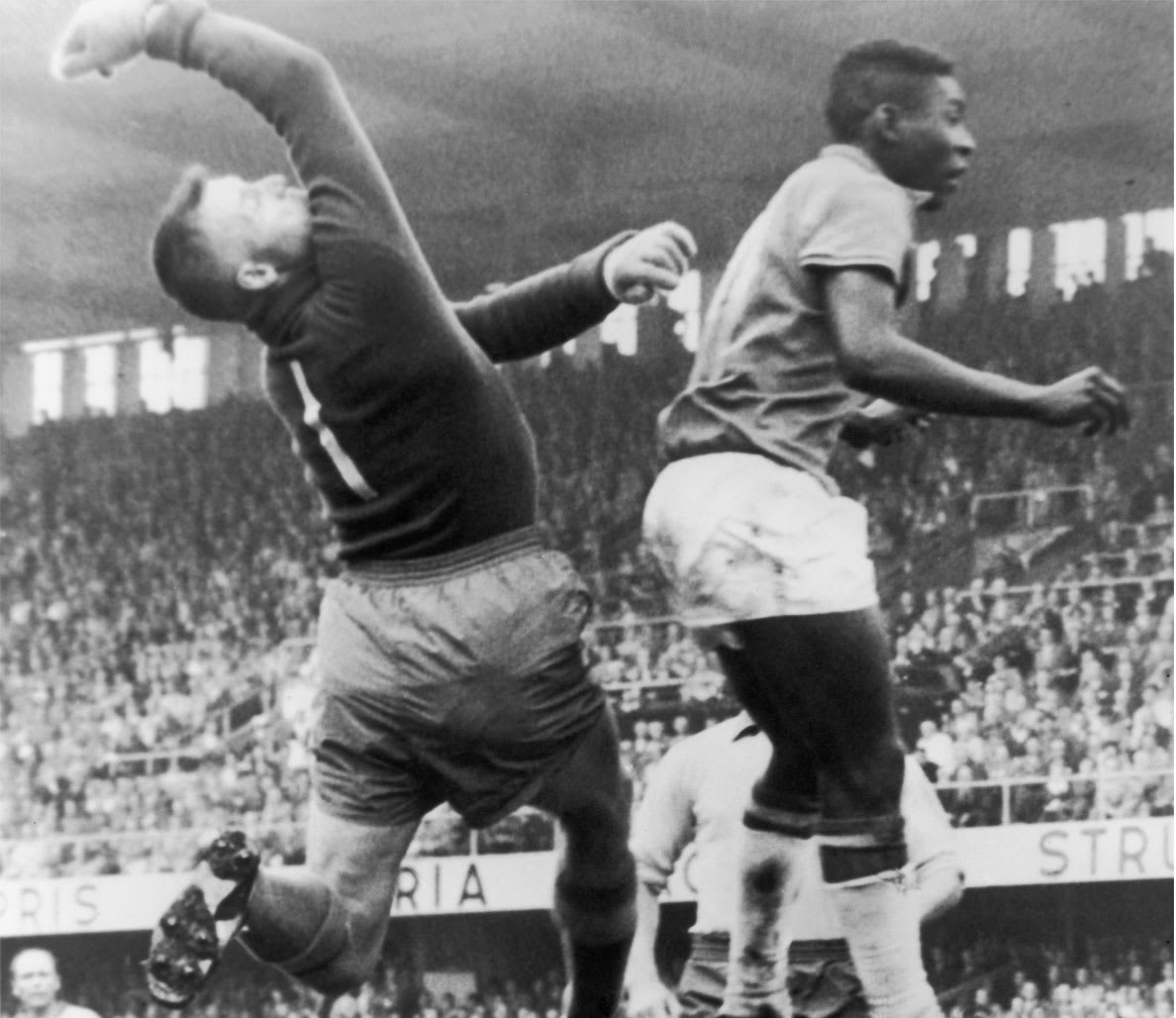The Painful Truth About “Archived” Photos
I gotta tell you, finding genuine, high-quality throwback photos from the old World Cups is an absolute nightmare. A total, frustrating, blurry mess. I started this whole thing maybe six weeks ago, maybe a bit more. I wasn’t planning on becoming some history curator; I just wanted to settle a dumb bar argument with a friend about the 1986 Mexico team’s jerseys. We typed in the search terms, looked at the usual big sports sites, and every single photo we pulled up looked like junk.

Seriously, they were either cropped weirdly, stretched out of proportion, or had some massive, ugly digital watermark plastered right over the important action. The supposedly “priceless historical moments” were cheapened, compressed, and basically useless for anything beyond a tiny thumbnail. That really pissed me off. The history is there, but the access is garbage.
I immediately decided I wasn’t just going to accept the standard internet scrape. I closed the laptop, grabbed a notepad, and sketched out a plan. This wasn’t going to be a quick search; this was going to be an excavation.

Diving into the Digital Swamp
My first step was stupid, but necessary: I wasted three days verifying the obvious. I hit every single major digital archive I knew about. I tried foreign-language searches, thinking maybe the German or Italian archives kept better records from the 70s. Nope. Same old story. They had quantity, sure, thousands of low-resolution files, but when you zoomed in, you saw the pixelated doom. These places treat history like cheap storage. They took the original high-resolution prints, squished them down to save space twenty years ago, and now that low-res file is the “official” record. It drives me crazy.
I realized the real challenge wasn’t locating the existence of the photo, it was locating the actual, untouched original scan or, better yet, the physical source material. I was done with the internet’s lazy caching.
The Pivot to Physical Files and Personal Connections
This is where the process shifted from clicking to hustling. I put out feelers to three specific groups of people:

- Old-school photographers who covered the events (usually retired now).
- Collectors of classic sports magazines (like World Soccer or Sport-BILD).
- University library staff who managed special physical collections, not just the digital ones.
I spent an entire week on the phone, digging through old contacts from my early days covering local amateur sports. I tracked down a guy in Manchester who had covered the 1966 tournament for a tiny regional paper. Took me four days to get him on the line, and when I did, he laughed at my digital dilemma. He said, “Kid, the good stuff is still in the darkroom.” He didn’t have the prints, but he told me exactly which obscure regional archives might still hold the physical negatives.
I then negotiated access to a specialized journalism library—not one of the big public ones, but a small, dusty collection tied to a defunct newspaper group. It took two rounds of emails and showing my ID, but I got in.

The Grinding Reality of Actual Archiving
Once I was in that library, the work really began. I wasn’t looking at computer screens anymore; I was looking at stacks of brittle, yellowed magazines and newspaper microfilms. My eyes burned.
I spent another two weeks physically flipping through issues from 1958, 1970, and 1982. When I found a photo that looked sharp, I didn’t just snap a phone pic. I had to use the ancient, clunky, but surprisingly high-resolution scanner they kept tucked away in the back room—the kind that takes twenty minutes per page. I had to meticulously adjust the contrast and exposure on the raw TIFF files to counteract the yellowing of the paper.
I focused on shots that were historically significant but usually overlooked by the mainstream—not just the goals, but the candid moments: the look on a coach’s face just after a huge miss, the crowd reactions, the security guards watching the pitch. These photos had soul because they were printed once, stored carefully, and largely ignored by the mass digitization effort.

The Payoff and Why I Share
Why go through all this hassle? Why not just use the junk the internet provides? Because about a year ago, I needed a specific shot for a small project, a photo from the 1994 final. I contacted one of the big commercial photo agencies. They quoted me a ridiculous price for a license, and when the file arrived, it was still full of compression artifacts. I felt completely ripped off. They charge a premium for what is essentially a corrupted copy.
That experience cemented my resolve. This history shouldn’t be paywalled behind corporate greed and low-quality digital storage. I scanned over 200 high-resolution images. I verified the photographers and the exact dates from the original print publication captions. I organized them into chronological folders. It was a massive time sink, easily 100+ hours of squinting, calling, driving, and scanning.

Now, I have these incredible, raw, high-resolution scans. When you look at them, you can feel the paper grain and the tension of the moment, exactly how it was captured and printed decades ago. The detail is incredible. And that, folks, is why the old stuff is priceless—it’s the stuff the internet forgot to properly save. I’m just happy to be the guy who dug it back up and is getting ready to share the clearest versions possible. Stay tuned.
